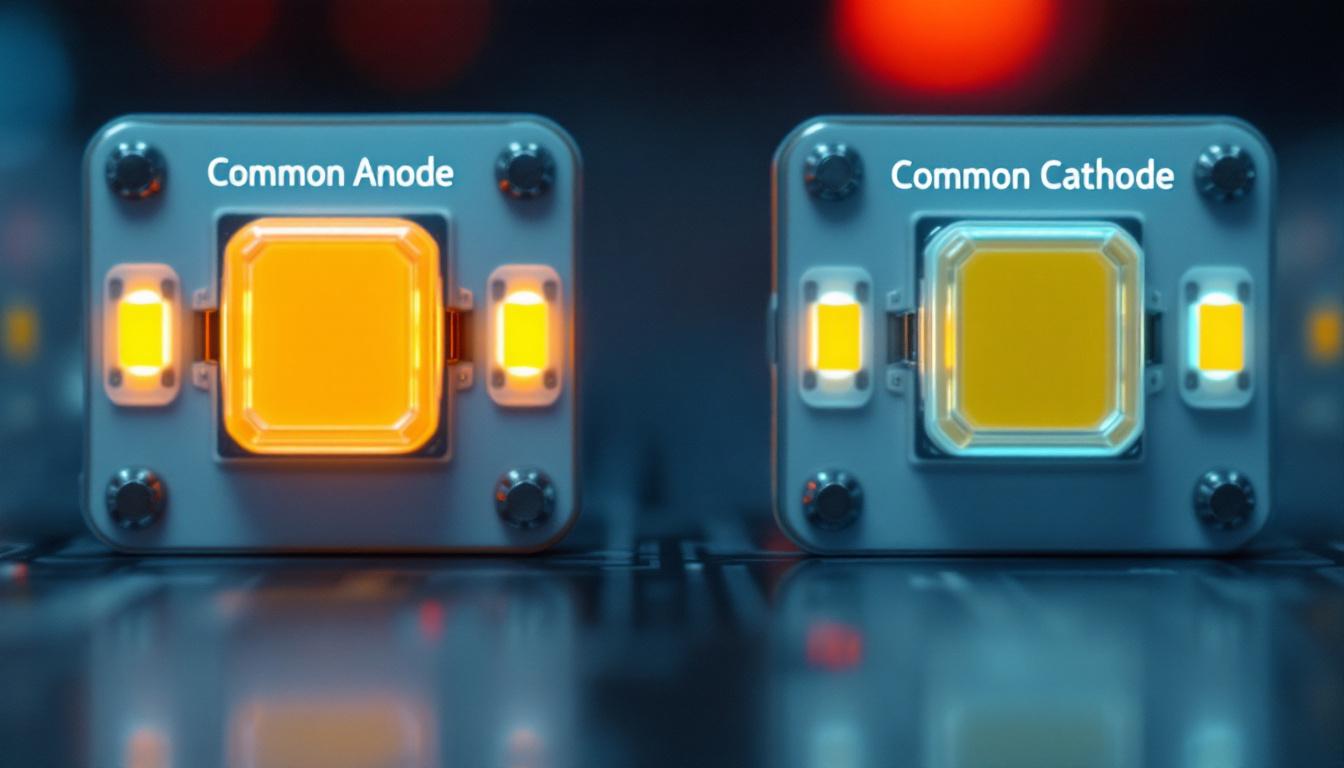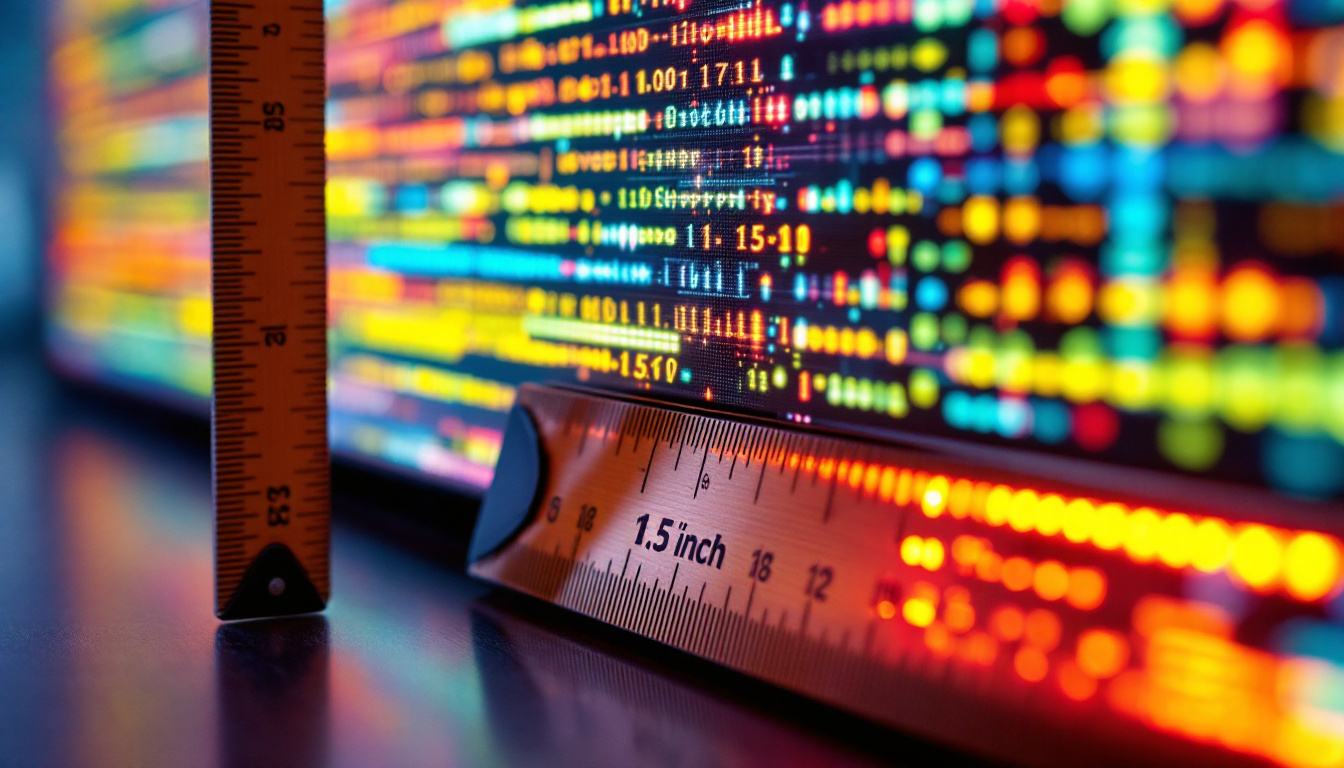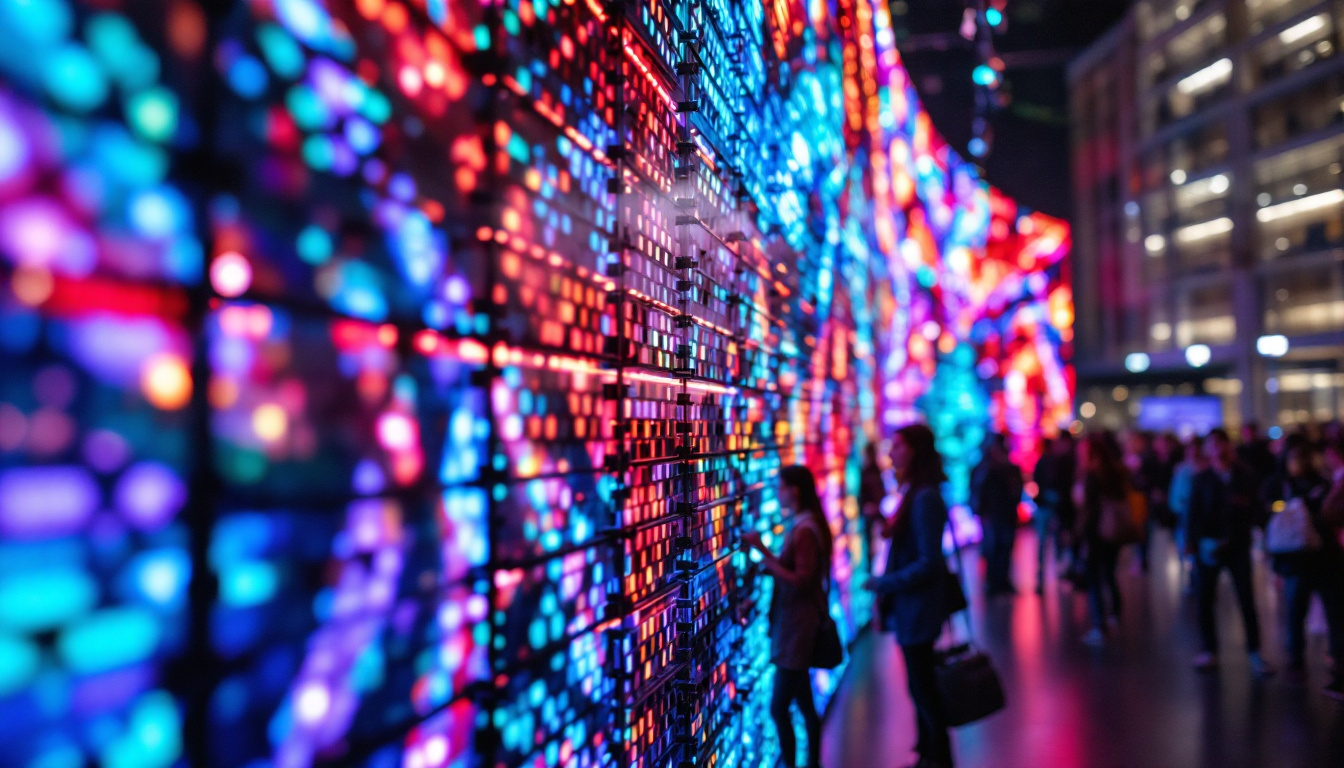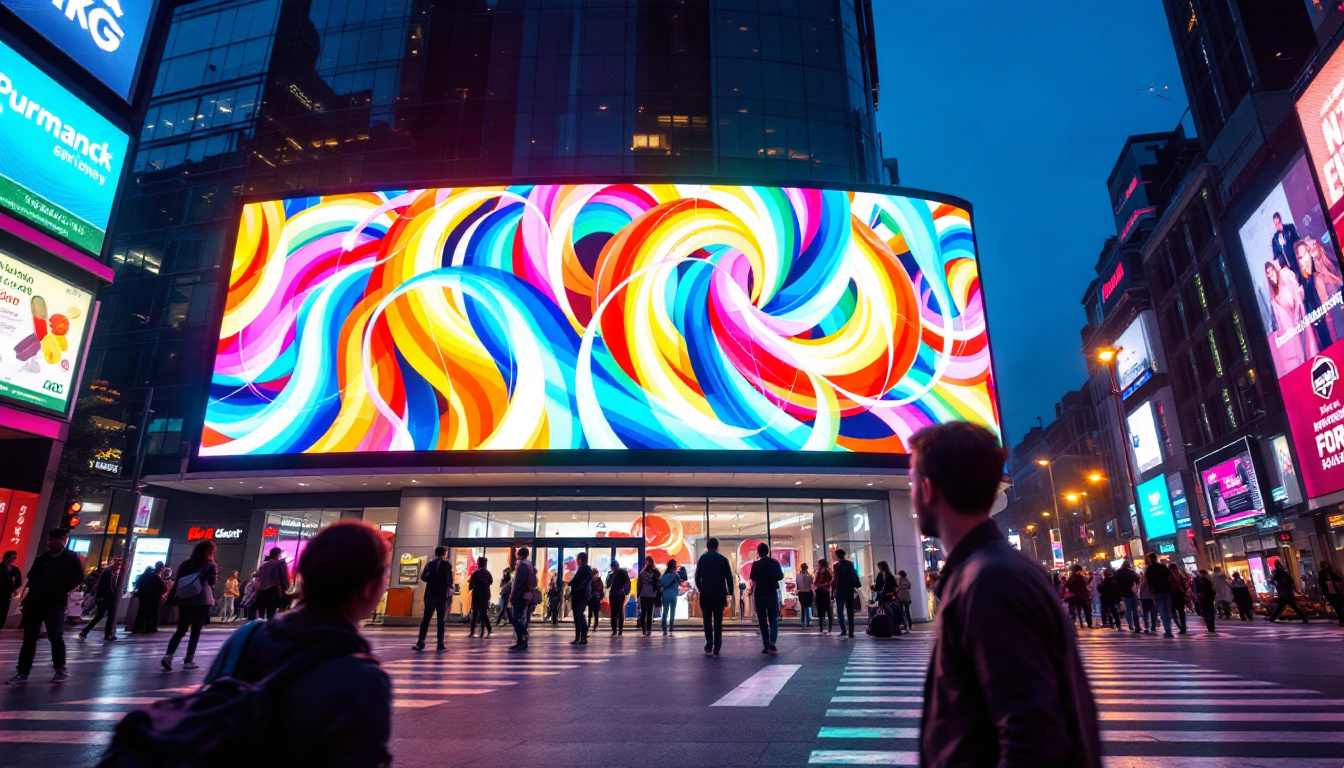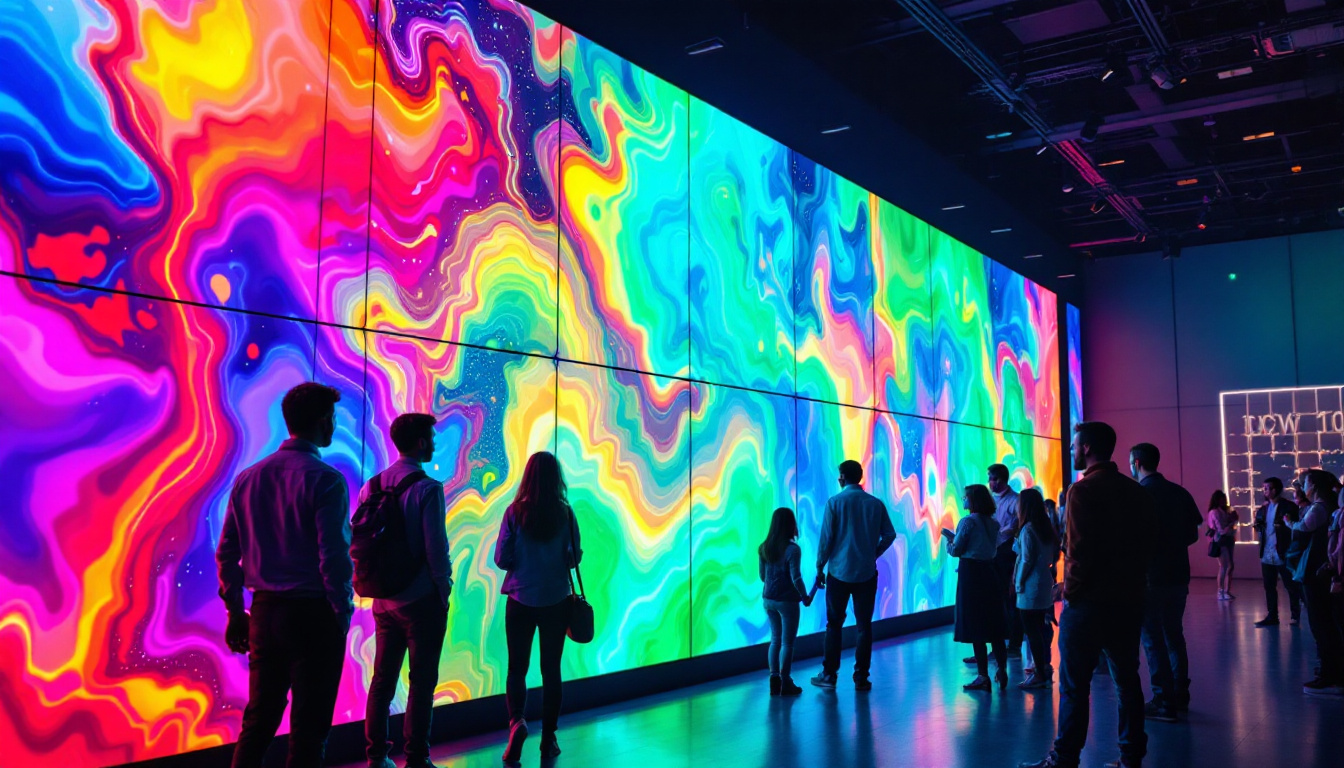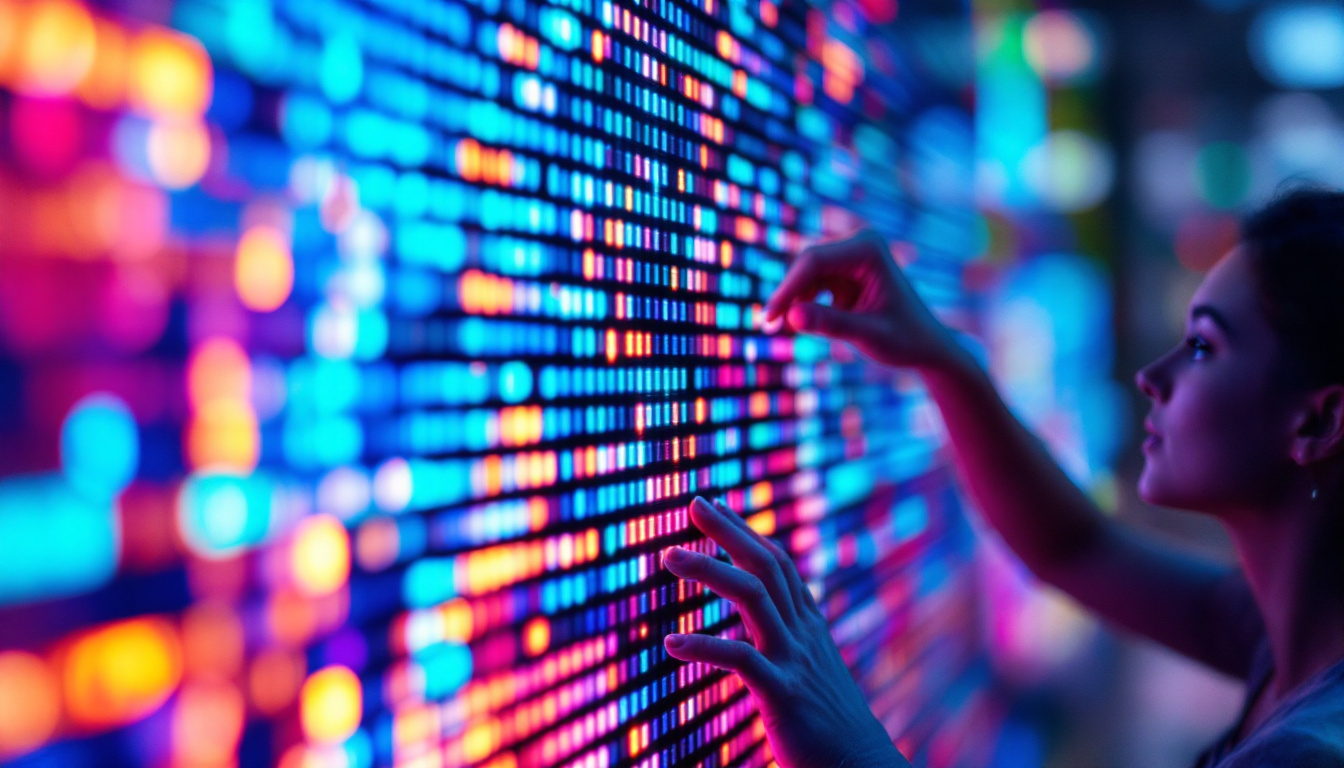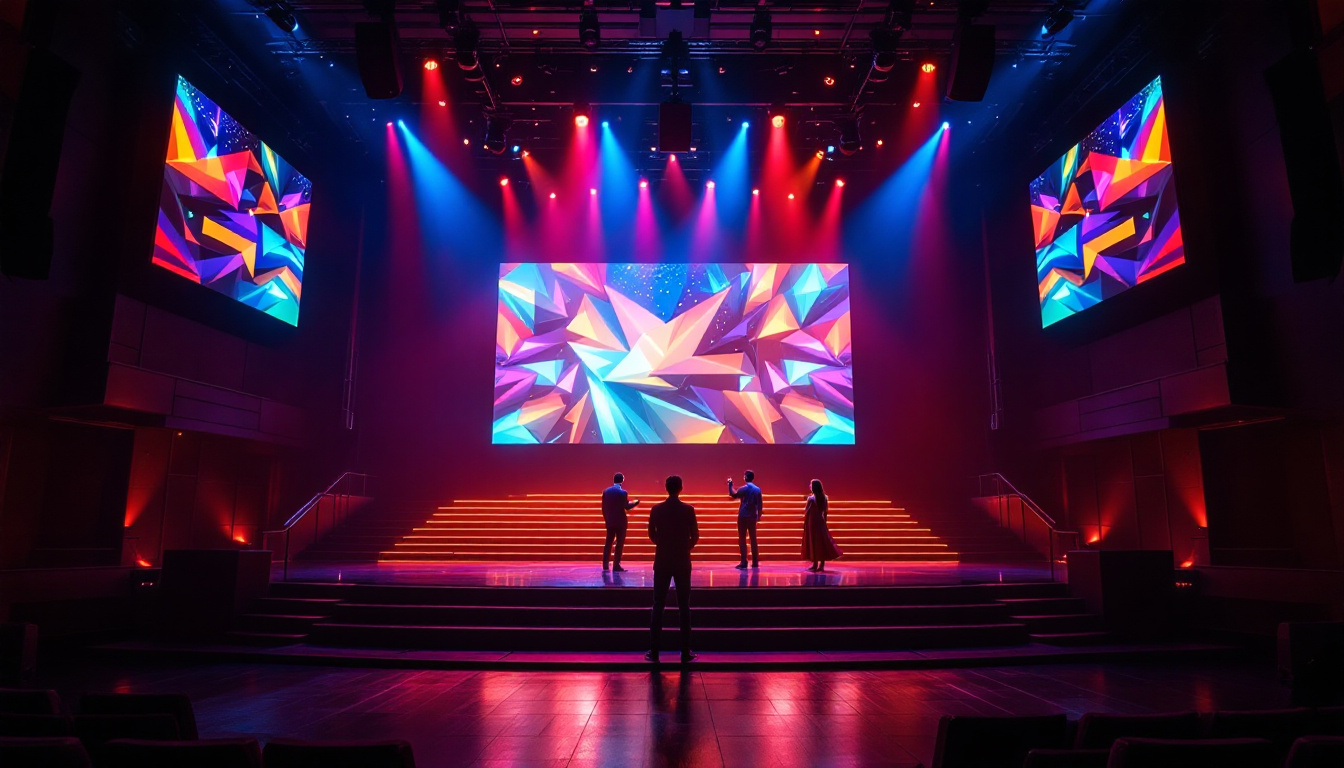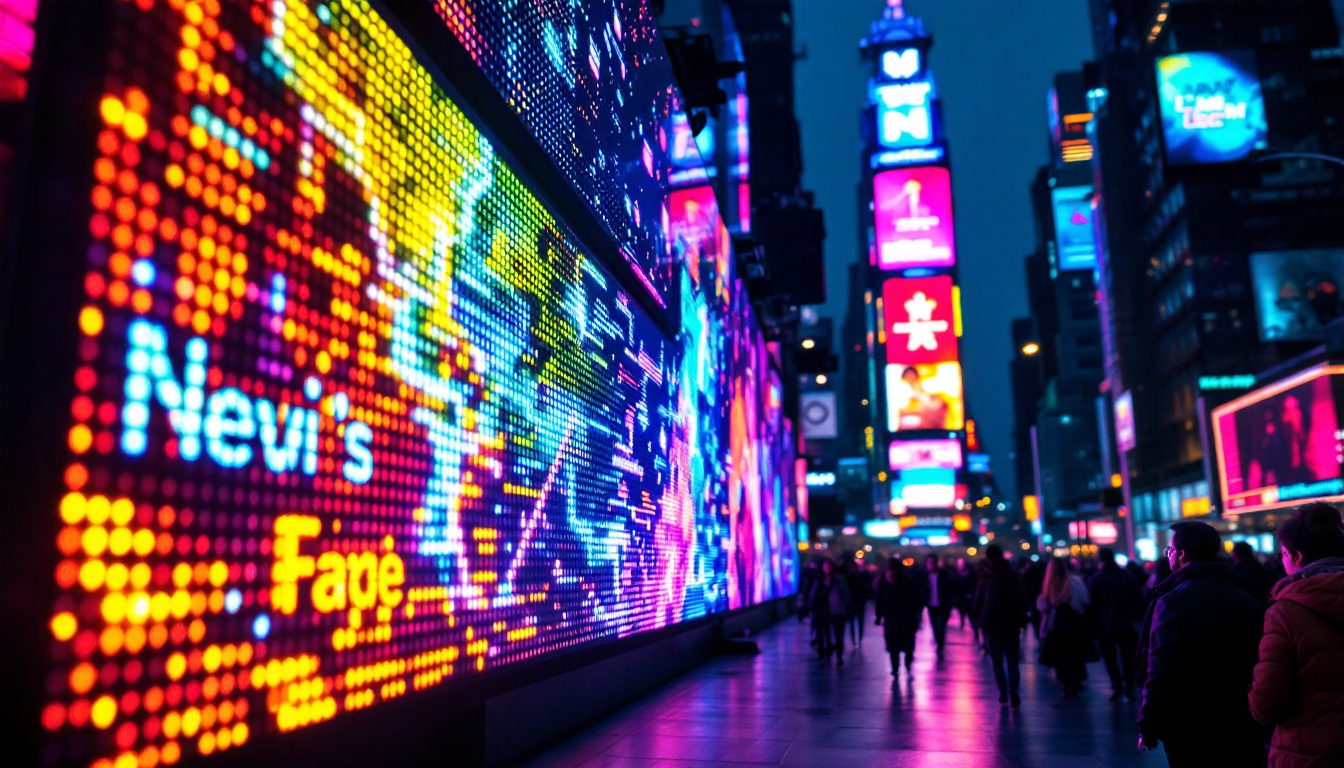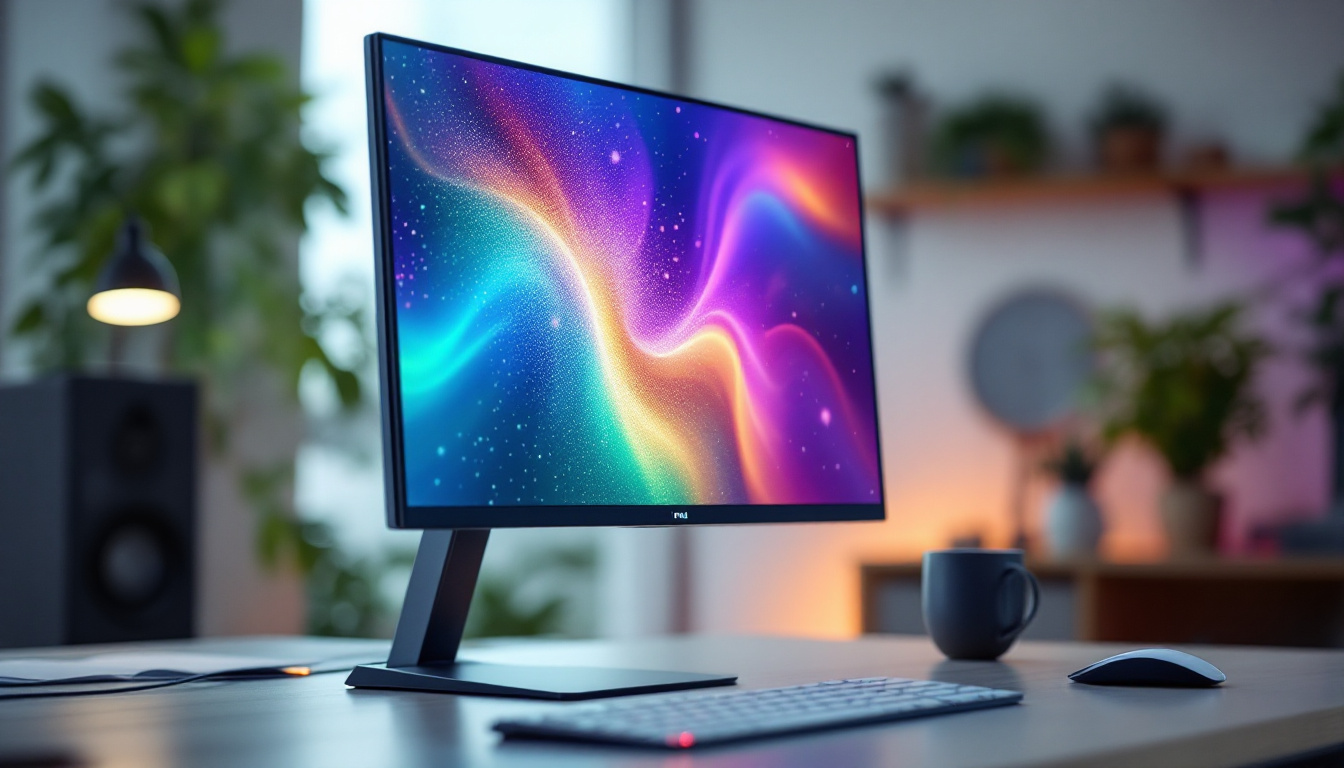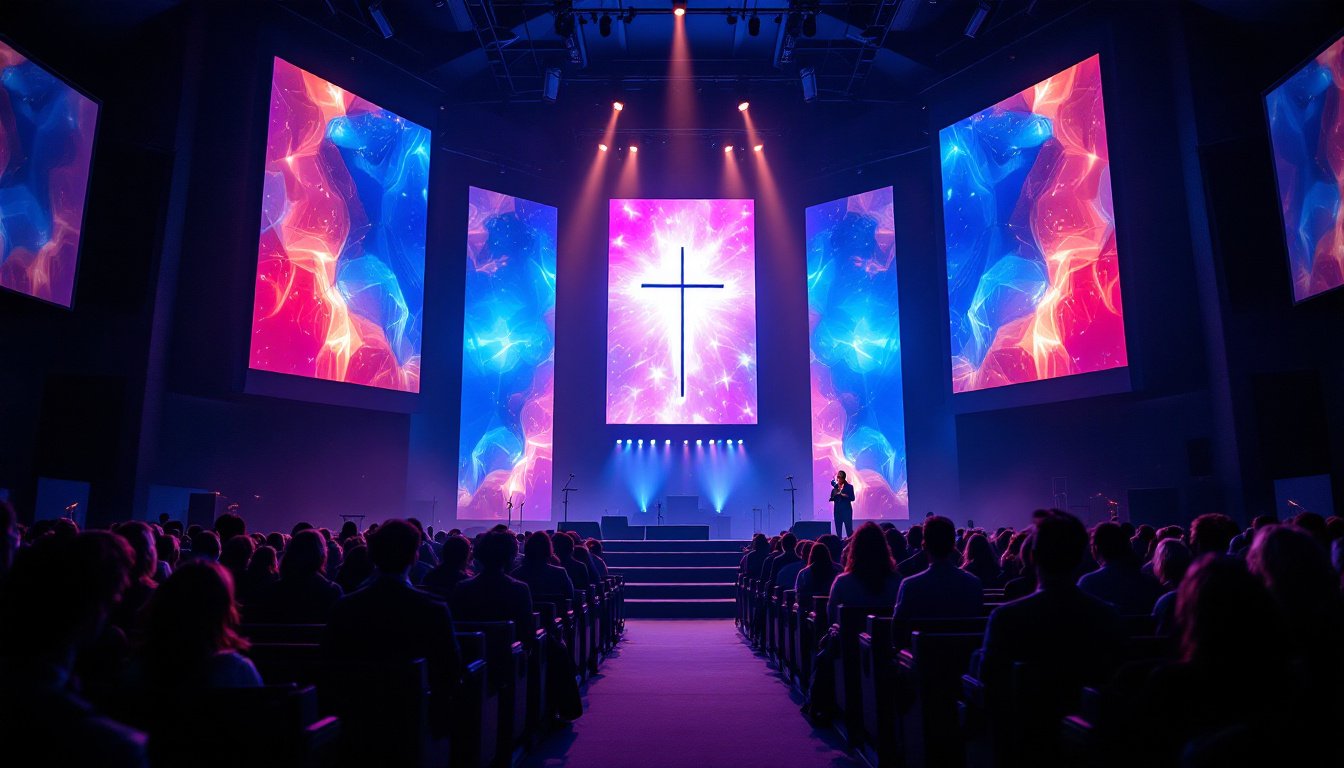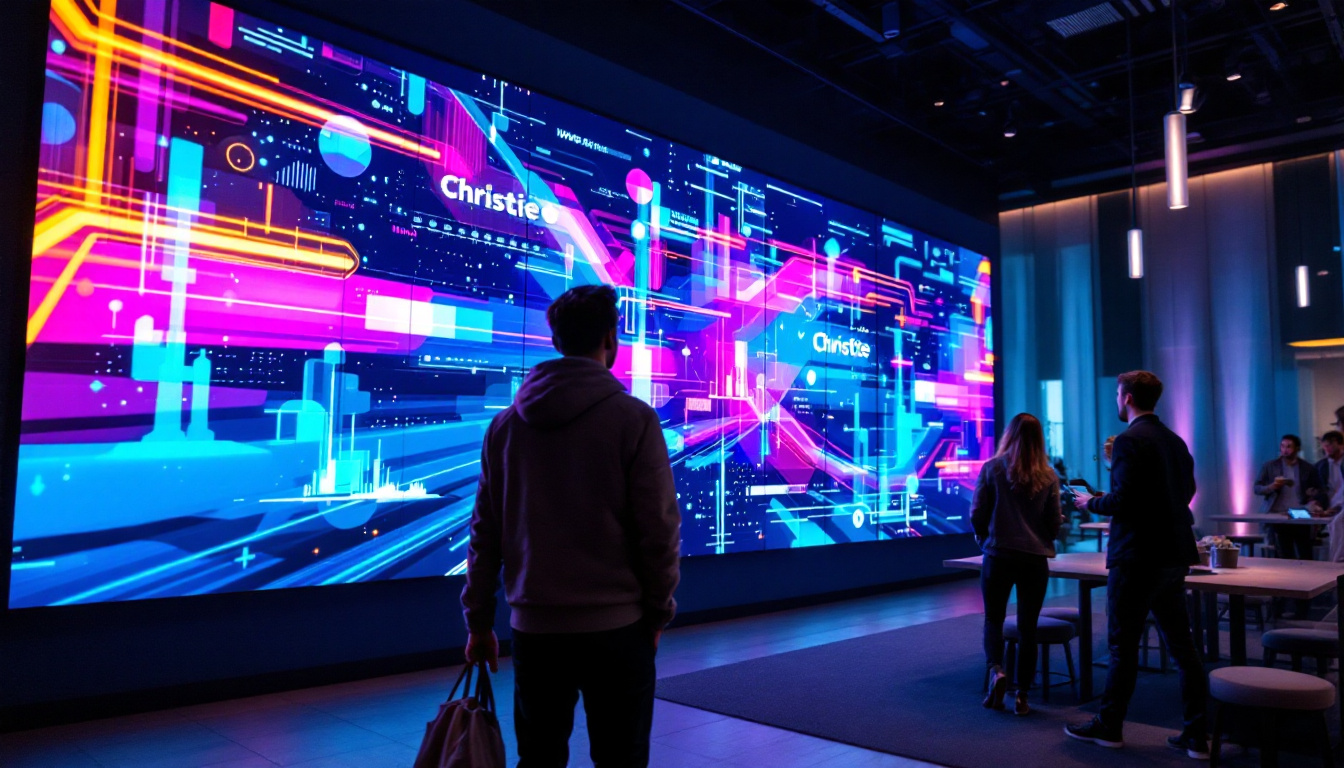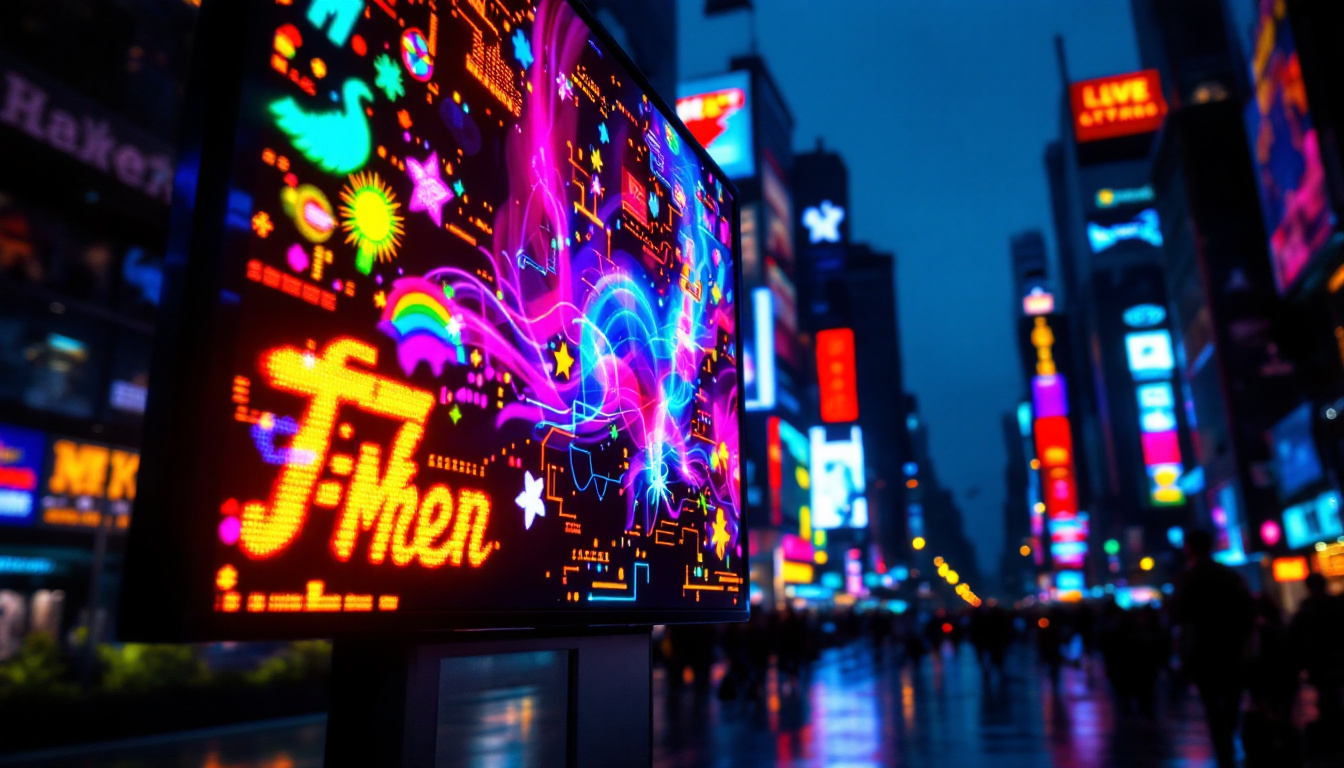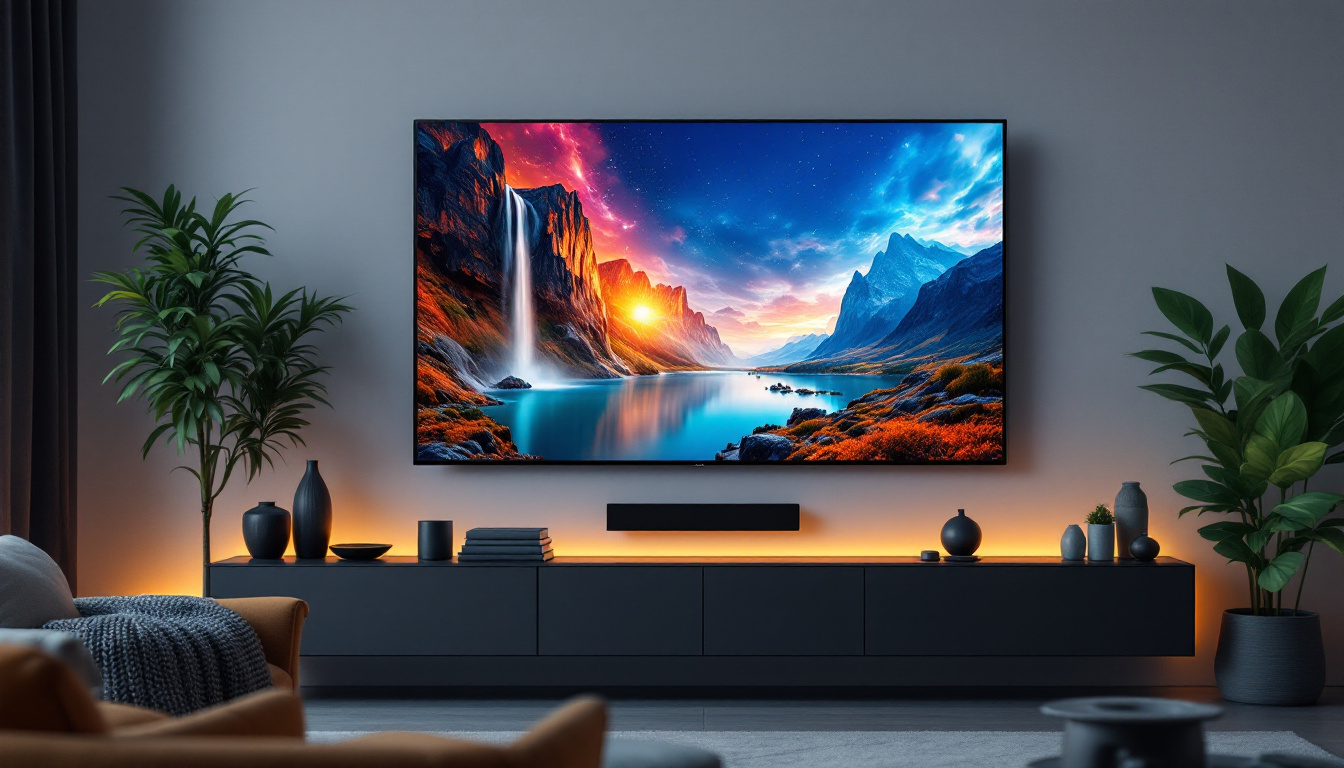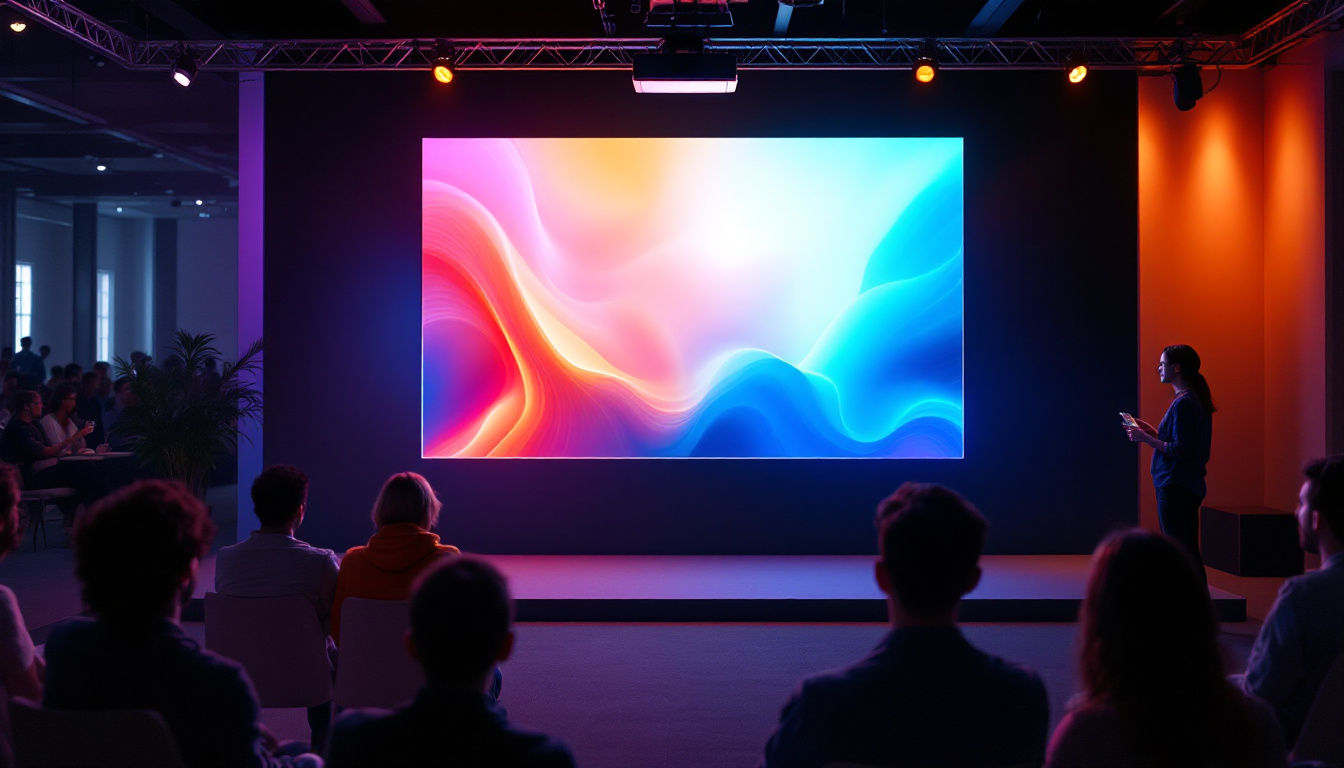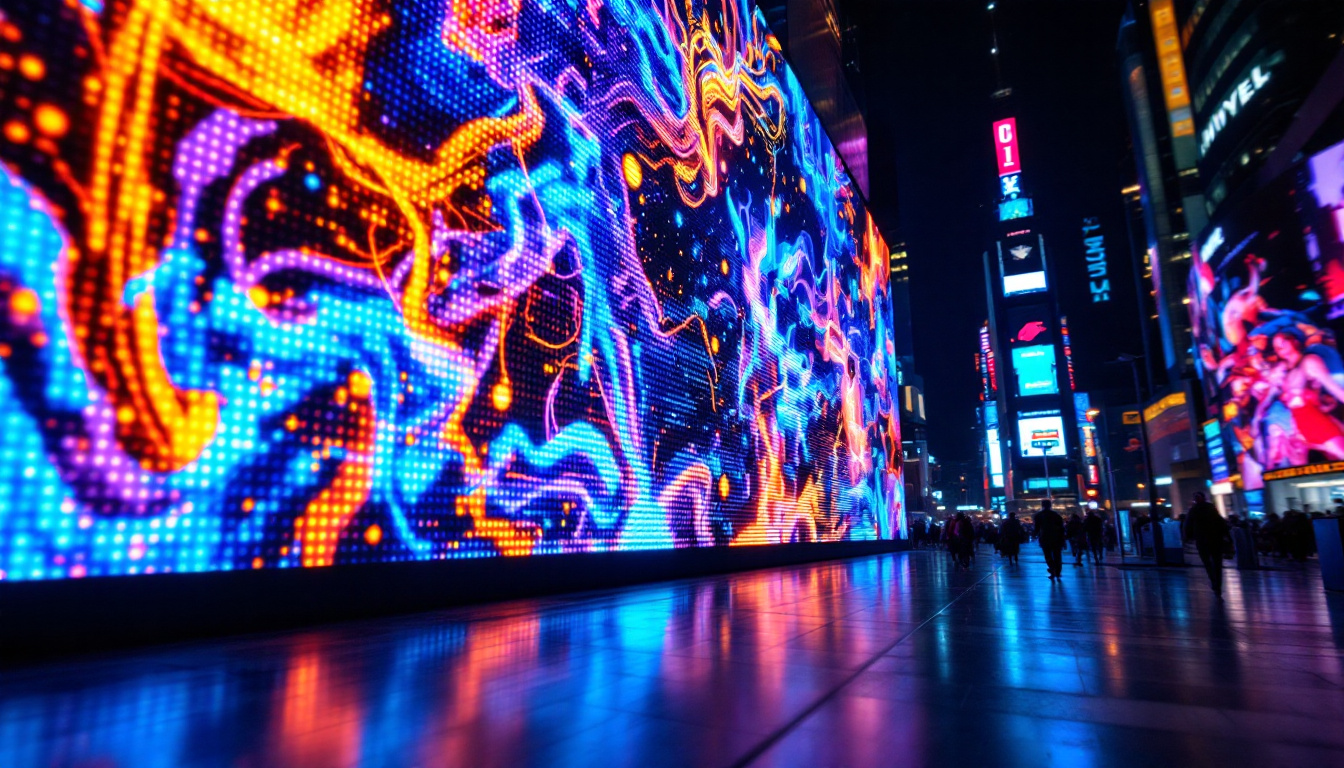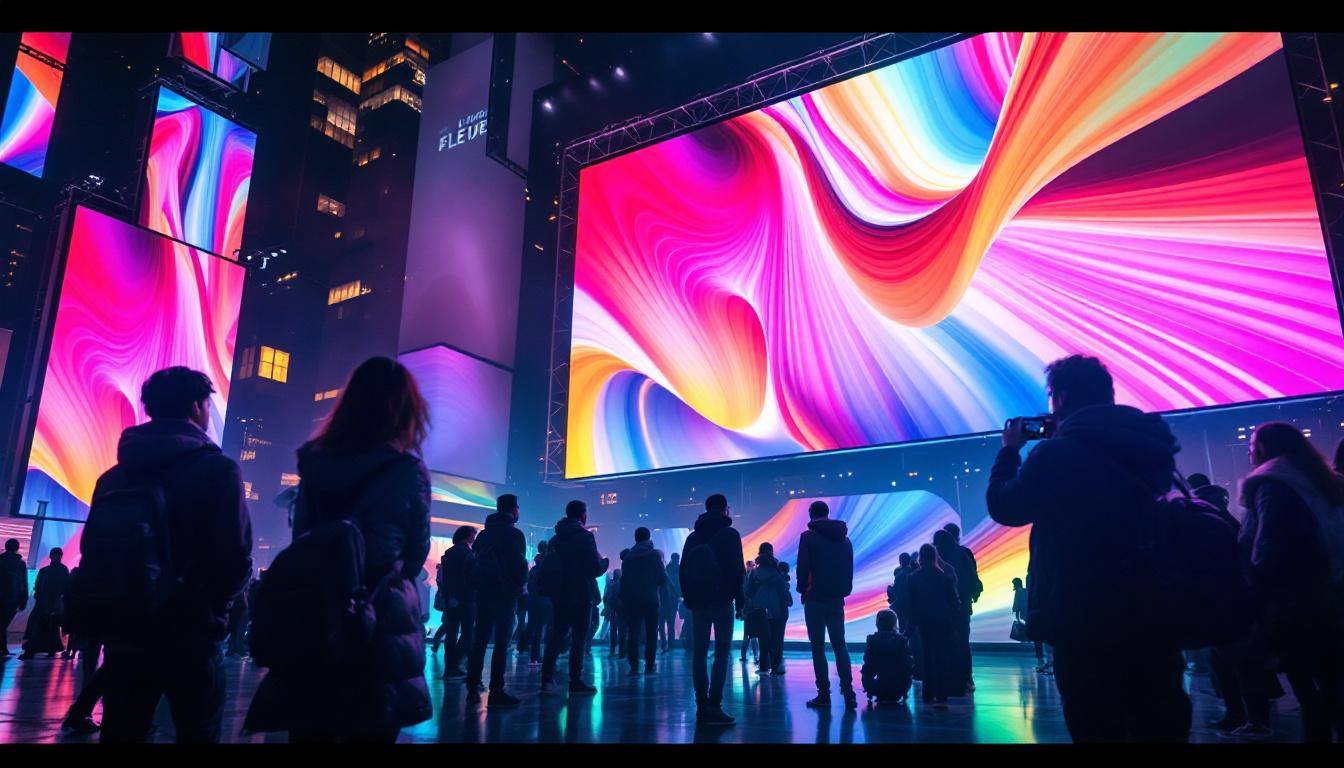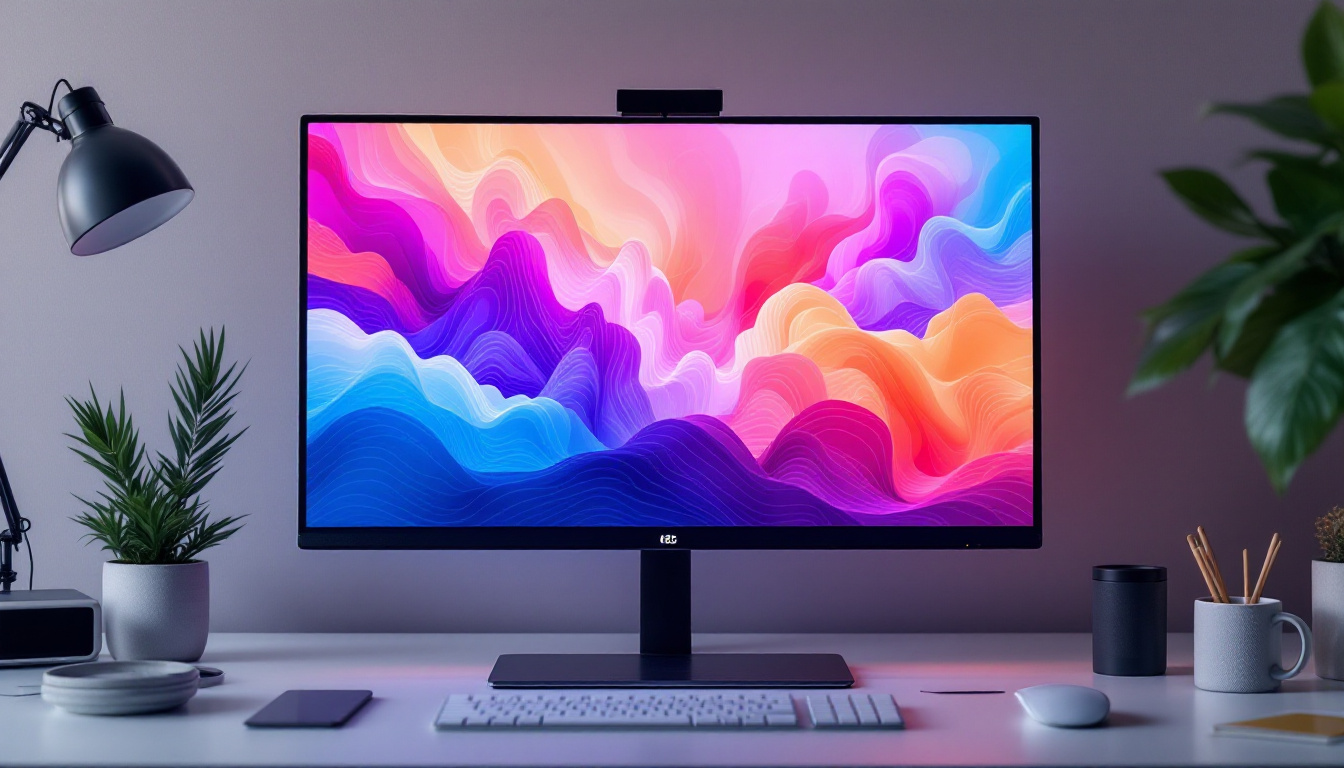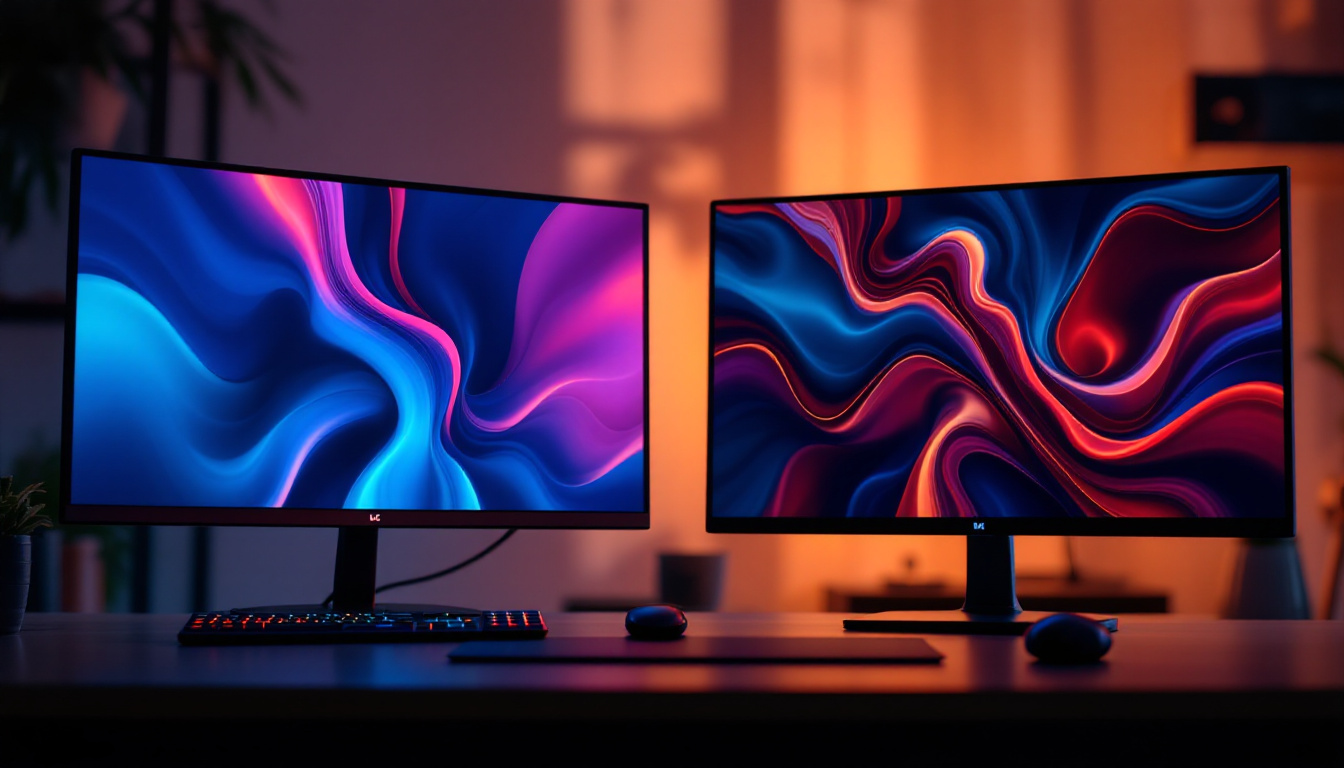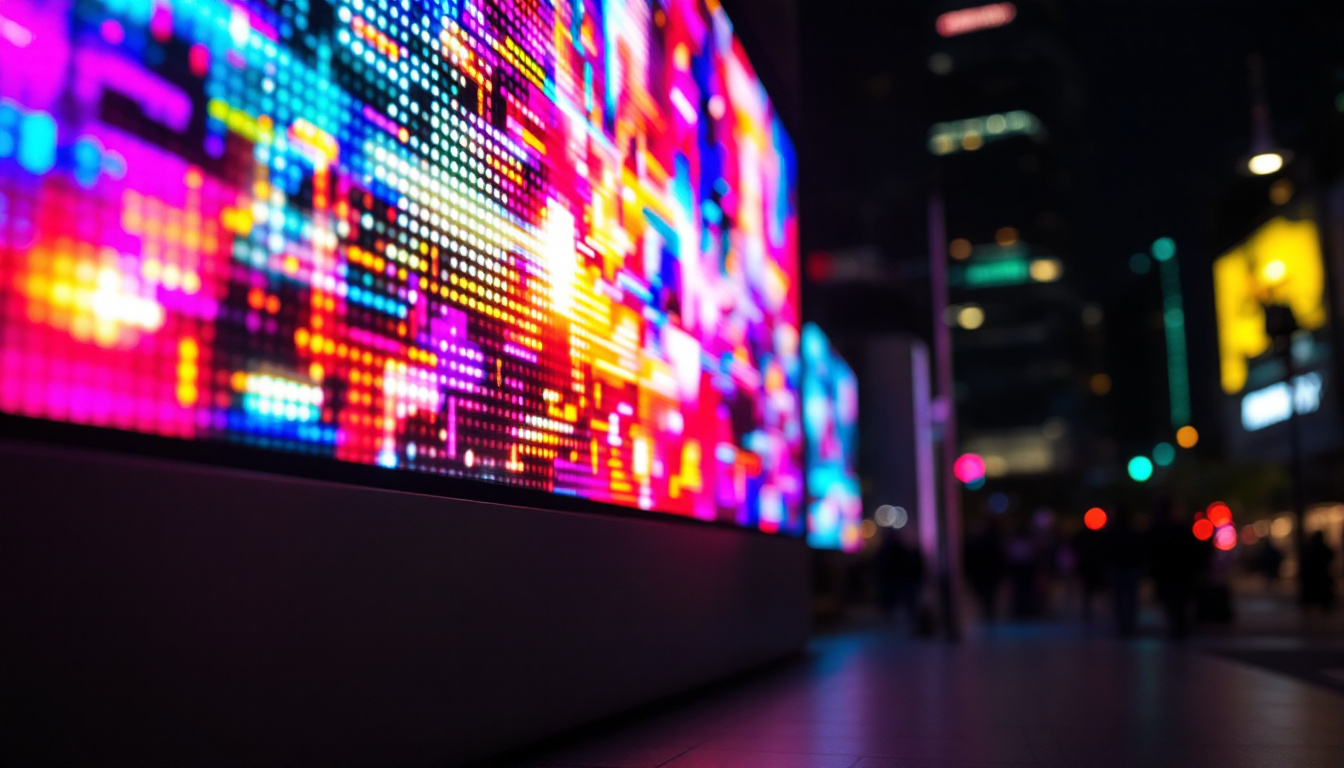In the realm of digital displays, the DisplayPort interface has emerged as a powerful standard, particularly in the context of LED displays. Understanding how DisplayPort works and its implications for LED technology can significantly enhance the viewing experience, whether for gaming, professional design, or general multimedia consumption. This article delves into the intricacies of DisplayPort, its advantages, and how it interacts with LED displays.
What is DisplayPort?
DisplayPort is a digital display interface developed by the VESA (Video Electronics Standards Association). It was designed to replace older standards like VGA and DVI, offering higher performance and greater flexibility. DisplayPort supports high-definition video and audio, making it a versatile choice for connecting computers, monitors, and other multimedia devices.
Key Features of DisplayPort
One of the standout features of DisplayPort is its ability to transmit high-resolution video and audio over a single cable. It supports resolutions up to 8K at 60Hz and even higher refresh rates at lower resolutions. Additionally, DisplayPort can carry multiple audio channels, making it suitable for surround sound setups.
Another notable aspect is its support for adaptive sync technologies, such as AMD’s FreeSync and NVIDIA’s G-Sync. These technologies help eliminate screen tearing and stuttering, providing a smoother gaming experience. Furthermore, DisplayPort can daisy-chain multiple monitors, allowing users to connect several displays to a single output. This feature is particularly advantageous for professionals who require extensive screen real estate for tasks such as video editing, programming, or data analysis, as it enables a more organized and efficient workflow.
Versions of DisplayPort
Since its introduction, DisplayPort has evolved through several versions, each bringing enhancements to performance and capabilities. DisplayPort 1.2, for example, introduced support for 4K resolution and Multi-Stream Transport (MST). The subsequent versions, such as 1.3 and 1.4, further improved bandwidth and added support for HDR (High Dynamic Range) content.
The latest version, DisplayPort 2.0, significantly boosts the maximum bandwidth to 80 Gbps, allowing for even higher resolutions and refresh rates. This version is particularly beneficial for future-proofing setups, especially as display technology continues to advance. With the rise of ultra-wide monitors and high-refresh-rate gaming displays, DisplayPort 2.0 ensures that users can take full advantage of these innovations without compromising on performance. Additionally, the integration of features like Display Stream Compression (DSC) allows for the transmission of high-quality video without noticeable loss, making it an ideal choice for content creators and gamers alike who demand the best visual fidelity.
Understanding LED Displays
LED displays, or Light Emitting Diode displays, have become increasingly popular due to their vibrant colors, energy efficiency, and slim profiles. Unlike traditional LCDs that use a backlight, LED displays utilize individual diodes to create light, resulting in better contrast and color accuracy. This technology has revolutionized the way we experience visual content, making it a preferred choice for everything from televisions to advertising billboards.
The Technology Behind LED Displays
LED technology can be categorized into two main types: Direct LED and Edge LED. Direct LED displays have a grid of LED lights behind the screen, providing uniform brightness across the display. On the other hand, Edge LED displays place LEDs along the edges of the screen, which can lead to thinner designs but may result in uneven brightness. The choice between these technologies often depends on the specific application and desired aesthetic, as well as the environment in which the display will be used.
Additionally, there are OLED (Organic LED) displays, which take the technology a step further. OLED screens use organic compounds that emit light when an electric current is applied, allowing for deeper blacks and more vibrant colors. This technology has gained traction in high-end televisions and monitors. The flexibility of OLED also enables innovative designs, such as curved screens and even rollable displays, pushing the boundaries of what is possible in visual technology.
Advantages of LED Displays
LED displays offer numerous advantages over traditional display technologies. They provide superior brightness, making them suitable for various lighting conditions. Their energy efficiency translates to lower power consumption, which is particularly beneficial for large installations or prolonged usage. This efficiency not only helps in reducing electricity bills but also contributes to a smaller carbon footprint, aligning with the growing demand for sustainable technology solutions.
Moreover, LED displays have a longer lifespan compared to older technologies, reducing the frequency of replacements and maintenance. The thin and lightweight design of LED screens also allows for versatile installation options, from wall-mounted displays to portable setups. This adaptability is particularly advantageous in commercial settings, where dynamic advertising or information displays are required. Furthermore, advancements in LED technology continue to enhance their capabilities, such as improved color reproduction and faster refresh rates, making them ideal for high-speed video content and interactive applications.
How DisplayPort Enhances LED Display Performance
The synergy between DisplayPort and LED technology is a game-changer in the world of digital displays. By leveraging the capabilities of DisplayPort, LED displays can achieve higher resolutions, better refresh rates, and improved color accuracy.
High Resolution and Refresh Rates
As mentioned earlier, DisplayPort supports resolutions up to 8K and refresh rates that cater to high-performance gaming and professional applications. This capability is particularly beneficial for LED displays, which can take full advantage of the high pixel density, resulting in sharper images and smoother motion.
For gamers, this means a more immersive experience with less lag and better responsiveness. For professionals in fields like graphic design or video editing, the ability to view high-resolution content in real-time can significantly enhance productivity and creativity.
Color Depth and HDR Support
DisplayPort’s support for HDR is another critical aspect that enhances the performance of LED displays. HDR allows for a broader range of colors and greater contrast, resulting in more lifelike images. This is particularly important for applications that require precise color representation, such as photography and film production.
With DisplayPort, LED displays can achieve higher color depths, allowing for smoother gradients and more accurate color reproduction. This capability is essential for anyone who relies on visual fidelity, ensuring that the content appears as intended.
Choosing the Right DisplayPort Cable
When connecting a device to an LED display using DisplayPort, the choice of cable can impact performance. DisplayPort cables come in different versions, and selecting the right one is crucial to fully utilize the capabilities of both the display and the source device.
Types of DisplayPort Cables
There are two main types of DisplayPort cables: standard and mini DisplayPort. The standard cable is commonly used for desktop monitors, while the mini version is often found on laptops and portable devices. Both types support the same features, but the connector size differs.
It’s also essential to consider the version of the DisplayPort cable. For instance, using a DisplayPort 1.4 cable with a DisplayPort 2.0 device may limit performance to the capabilities of the older version. To take full advantage of the latest features, such as higher resolutions and refresh rates, a DisplayPort 2.0 cable is recommended.
Length and Quality Considerations
The length of the DisplayPort cable can also affect signal quality. While shorter cables (up to 3 meters) generally maintain signal integrity, longer cables may require active adapters or repeaters to ensure optimal performance. Investing in high-quality cables can mitigate potential issues related to signal degradation.
Additionally, look for cables that are certified by VESA to ensure compatibility and performance. Certified cables are tested to meet specific standards, providing peace of mind that they will deliver the expected results.
Common Use Cases for DisplayPort and LED Displays
The combination of DisplayPort and LED technology is prevalent across various industries and applications. Understanding these use cases can help users appreciate the versatility and power of this pairing.
Gaming
In the gaming industry, the demand for high-performance displays is ever-increasing. Gamers seek monitors that can deliver high refresh rates, low input lag, and stunning visuals. DisplayPort excels in this area, enabling gamers to connect to high-resolution LED displays that support technologies like G-Sync and FreeSync.
These features help create a seamless gaming experience, reducing artifacts and ensuring smooth gameplay. With the advent of 4K gaming and beyond, DisplayPort’s capabilities are essential for gamers looking to push the limits of their hardware.
Professional Design and Content Creation
For graphic designers, video editors, and other creative professionals, accurate color representation and high resolution are paramount. DisplayPort’s support for HDR and high color depths allows for precise editing and viewing of content on LED displays.
Many professionals rely on multiple monitor setups to enhance their workflow, and DisplayPort’s MST feature makes it easy to daisy-chain multiple displays. This setup can significantly improve productivity, allowing for a more efficient workspace.
Home Theater Systems
In home theater setups, the combination of DisplayPort and LED technology can provide an exceptional viewing experience. With the ability to support high-definition video and multi-channel audio, DisplayPort can connect various devices, such as Blu-ray players, gaming consoles, and streaming devices, to LED televisions or projectors.
The result is a home theater experience that rivals commercial cinemas, with vibrant visuals and immersive sound. As more content becomes available in 4K and HDR, the importance of using a robust connection like DisplayPort cannot be overstated.
Conclusion
DisplayPort has established itself as a leading standard in the digital display landscape, particularly in conjunction with LED technology. Its ability to support high resolutions, refresh rates, and advanced features like HDR makes it an ideal choice for various applications, from gaming to professional design.
As display technology continues to evolve, understanding the capabilities of DisplayPort and how it enhances LED displays will empower users to make informed decisions about their setups. Whether upgrading a home theater system or investing in a gaming rig, the synergy between DisplayPort and LED displays is undeniable.
Ultimately, the combination of these technologies not only enhances visual experiences but also sets the stage for future innovations in the world of digital displays. As consumers become more discerning in their viewing preferences, the demand for high-quality connections like DisplayPort will only continue to grow.
Explore Cutting-Edge LED Display Solutions with LumenMatrix
Ready to elevate your visual experience with the latest in LED display technology? LumenMatrix is at the forefront of innovation, offering a wide range of LED display solutions that bring your content to life. From immersive Indoor LED Wall Displays to dynamic Outdoor LED Wall Displays, and from versatile Vehicle LED Displays to sleek LED Poster Displays, our products are designed to captivate and engage. Discover the perfect LED display for any application, be it for sports, flooring, customization, or transparent needs. Embrace the future of visual communication with LumenMatrix’s All-in-One LED Display solutions. Check out LumenMatrix LED Display Solutions today and transform your space into a hub of engagement and impact.


